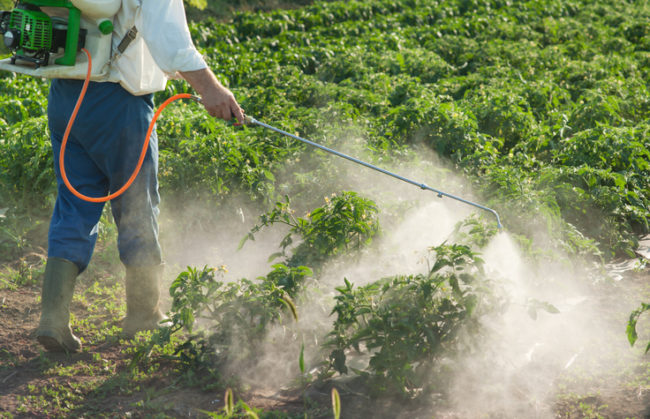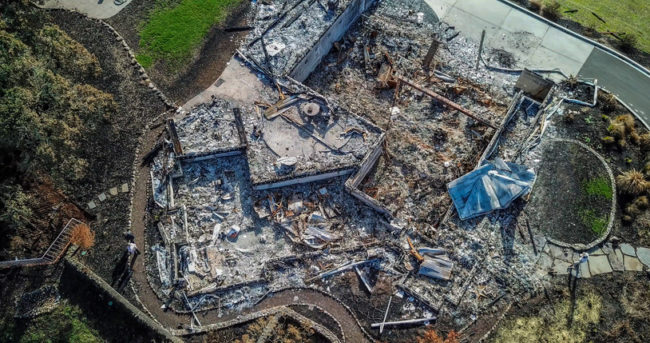Last week, we reported that the judge who presided over the first trial related to alleged personal injuries from exposure to Monsanto’s glyphosate-containing herbicides slashed $211 million off of the $250 million awarded to the plaintiff in punitive damages. The reduction effectively brought the jury’s prior total award of $289 million down to $78.5 million – $39.25 million in punitive damages and $39.25 million in compensatory damages. The court had ruled that the plaintiff had to decide whether to accept the reduced award or seek …
Continue Reading








